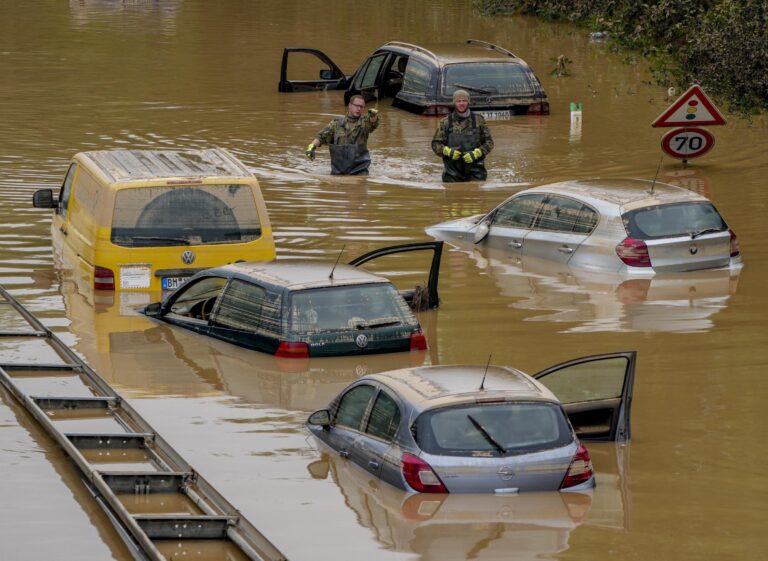Severe flooding in Spain’s Catalonia region has left numerous residents stranded in their vehicles, as torrential rains caused sudden and widespread water accumulation on roads. Emergency services have been deployed to assist those trapped and manage the ongoing disruption. Authorities continue to urge caution and monitor weather conditions as the situation develops.
Floods Cause Severe Disruptions in Catalonia Leaving Drivers Stranded
The recent downpour in Catalonia has led to catastrophic flooding, causing major road closures across the region. Numerous drivers found themselves trapped as floodwaters rose unexpectedly, making roads impassable and forcing emergency services to conduct multiple rescues. Local authorities have issued warnings advising residents to avoid non-essential travel, emphasizing the dangers posed by rapidly changing water levels and submerged vehicles.
Key areas affected include:
- Berga and surrounding highways
- Sections of the AP-7 motorway
- Low-lying rural roads prone to water accumulation
| Location | Road Status | Estimated Recovery Time |
|---|---|---|
| Berga | Closed due to flooding | 48+ hours |
| AP-7 Motorway | Partial closures | 24-36 hours |
| Rural Roads | Impassable in some areas | Varies by location |
Emergency crews continue working around the clock to assist stranded motorists and clear roadways. Residents are urged to stay updated through official channels and follow safety precautions to avoid further incidents. The flooding highlights concerns over infrastructure resilience in the face of increasingly severe weather events brought on by climate change.
Emergency Services Struggle to Reach Victims Amid Rising Water Levels
Rescue crews face unprecedented challenges as relentless flooding in Catalonia continues to rise, leaving many residents trapped inside their vehicles. Torrential rains have caused rapid water level increases, submerging roads and complicating efforts to access stranded victims. Emergency services report that key routes are either submerged or blocked by storm debris, significantly delaying rescue operations and putting more lives at risk.
Among the primary concerns are:
- Blocked roadways: Floodwaters and fallen trees create hazardous conditions for emergency vehicles.
- Communication breakdowns: Failure of cell towers in certain areas impedes coordination.
- Swift currents: Rising waters present dangers not only for trapped civilians but also for rescue personnel attempting evacuations.
| Affected Area | Number of Vehicles Trapped | Approximate Water Depth | ||||||||||
|---|---|---|---|---|---|---|---|---|---|---|---|---|
| Lleida | 15 | 1.2 meters | ||||||||||
| Tarragona | 22 | 0.9 meters | ||||||||||
| Barcelona outskirts | 9 | Officials Urge Residents to Avoid Low-Lying Roads and Follow Safety Protocols
Emergency services have issued urgent warnings for residents to steer clear of low-lying roads inundated by rising floodwaters. In many parts of Catalonia, rapid water accumulation has turned familiar routes into hazardous zones, trapping motorists and putting lives at risk. Authorities emphasize the importance of adhering to official advisories and avoiding any attempts to cross flooded areas, as even shallow water can cause vehicles to stall or be swept away. To ensure safety during these severe flood conditions, residents are advised to:
The ConclusionAs rescue efforts continue across Catalonia, authorities have urged residents to remain vigilant and avoid unnecessary travel amid ongoing adverse weather conditions. Emergency services remain on high alert, working to assist those affected by the floods and prevent further incidents. The situation serves as a stark reminder of the growing impact of extreme weather events in the region. Further updates will follow as the situation develops. |




